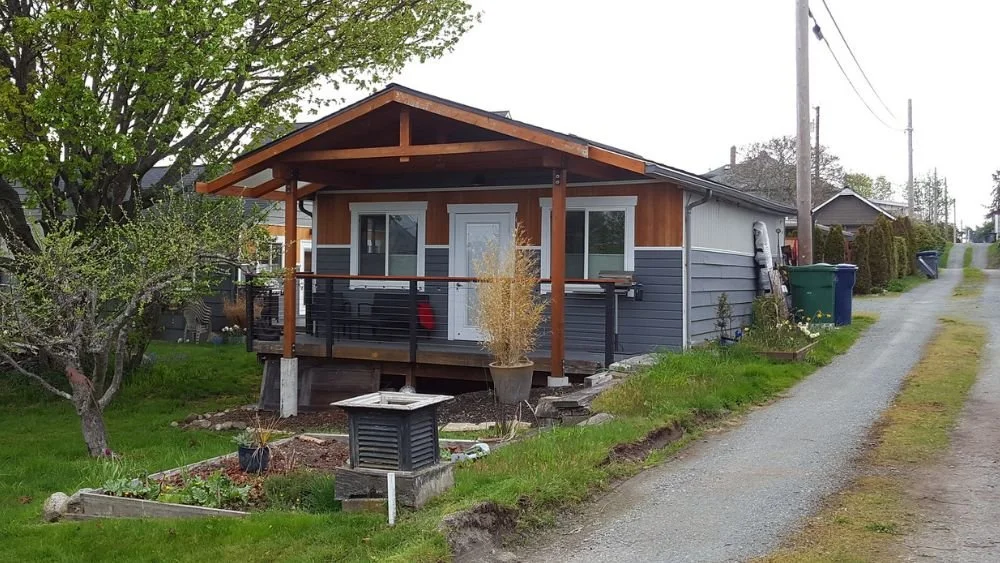What makes Philadelphia so affordable?
The following article is republished with permission from the Market Urbanism blog.
In 2005, Joseph Gyourko published an economic history of Philadelphia. He explored the economic and policy factors that contributed to its population and job loss during the twentieth century. Gyourko’s outlook for Philadelphia was pessimistic. He argued that the city lacked the supply of skilled labor that would allow it to adapt to the rise of the service sector. However, in the year following Gyourko’s publication, Philadelphia’s population growth rate reversed, driven by foreign immigration and college graduates choosing to stay in the city where they went to school. In spite of this growth, the city has maintained an impressive level of housing affordability.
Philadelphia obviously hasn’t had the level of demand pressure other coastal cities like New York or San Francisco have seen, but since 2005, it has experienced steady population has growth from 1,400,000 to 1,550,000 people. Among potentially comparable mid Atlantic and midwest cities, only Pittsburgh has lower prices.
During its decade of population growth, Philadelphia’s home prices essentially tracked the rate of inflation. Unlike newer cities that have the option of relatively cheap greenfield development, the Census designates nearly all of Philadelphia’s neighborhood as urban, the densest designation. The city’s population growth has been accommodated through infill development and the renovation of old homes rather than through greenfield development.
It’s not the case that Philadelphia’s zoning regime accommodates as-of-right growth. Philadelphia developers have to deal with a complex web of outdated Euclidean zoning rules and myriad overlays. But developers have generally been able to get the variances they need to provide a supply of housing that keeps prices from rising in response to population growth. Philadelphia doesn’t have organized political opposition comparable to NIMBY activity in more expensive cities.
Residents’ reaction to calls for community involvement in the development process demonstrates the city’s anti-NIMBY tendencies. In 2012, the city implemented zoning code reforms with the stated goal of both increasing the percentage of development that’s built as-of-right and increasing community involvement in approval decisions. The new code formalizes standards for recognized community organizations and requires developers to give these groups notice for significant proposed projects. For projects of at least 25 units or 25,000 square feet, developers must undergo civic design review which requires them to meet with community organizations established near the project.
A tree-lined street in Philadelphi. (Source: Billie Grace Ward)
In surveys completed in the year after the rewrite was implemented, some community group members felt that their involvement in the development process was overly burdensome, and they recommended doubling the minimum project size that would trigger civic design review. This reaction from community groups stands in stark contrast to other cities where community organizations have waged years-long wars against projects in their neighborhood.
Philadelphia’s elastic housing supply, its relatively fast approval process, and its lack of NIMBYism are all endogenous to one another. The factors that support public policies that allow developers to respond to changes in demand with new construction are the same factors that enable its low levels of NIMBY sentiment. Because neighbors aren’t protesting each individual project, the entitlement process that facilitates an elastic housing supply is allowed to stand. Some potential factors that contribute to Philadelphia’s lack of NIMBYism include:
- Because the city’s housing prices have not been propped up with supply constraints historically, homeowners don’t have an incentive to protect their investment through the political process;
- Gyourko points out that in recent decades, Philadelphia’s economy has failed to adapt to changing job opportunities because of a generally low level of education and human capital. People with high levels of human capital also tend to be those with the rates of homeownership and the time, inclination, and resources to protest construction in their neighborhoods; and/or
- Research from the Cato Institute points out that Philadelphia sits in the Third Circuit Court with a history of property owner friendly rulings on historic preservation. It’s possible that other legal institutions limit the potential for Philadelphia residents to block development with entitlement policy or through project-level obstruction.
Contrary to Gyourko’s view from 2005, Philadelphia has not continued the decline that it experienced in the twentieth century. In spite of this growth, its housing stock has remained affordable. What are your thoughts about why Philadelphia has maintained its impressive level of affordability after a decade of population and job growth?
(Top photo source: King of Hearts)





Texas isn’t exactly known for its housing shortage, but continued affordability isn't guaranteed. That's why lawmakers across the aisle are trying to get ahead with a new bill.